How to make fried chicken
You might think it’s complicated, but it’s actually not. With a little preparation and understanding, you’ll become a fried chicken master. By Jess Spiro.
What’s the best cut of chicken for fried chicken?
The process of frying chicken means that you need to cook it in the oil long enough for both the batter to crisp up, and the chicken to cook. The easiest way of getting this timing right is to use boneless chicken, and thighs in particular. They’re the least likely of the cuts to dry out, meaning you can keep frying them until your crust is ready. If you’re looking for a more KFC-style fried chicken, use bone-in thighs for guaranteed juiciness.
What spices work best on fried chicken?
We enlisted the help of a seasoned fried chicken professional for this one. Dylan Jones, the man responsible for Publik Wine Bar’s famous fried chicken sandwiches says that brining your chicken beforehand is essential. “I like to brine them in a 5% brine for 2hrs. 5% brine means the salt is 5% weight of the water and to this, you add some sugar and spices as well.” If this sounds like a step too far for you, you could just season the chicken very well, along with some spices for at least 30 minutes before you start cooking. The combination of spices can be as elaborate at the Colonel’s 11 herbs and spices, or you can keep it simple with smoked paprika, salt, pepper and garlic powder.
How to make the perfect fried chicken batter
Once you’re ready to start, set up a little coating station for yourself. The loose process to frying chicken is coat in flour, coat in buttermilk mixture, rest, then fry. Your flour mixture should be a combination of plain flour, cornstarch and salt. If you only listen to one piece of advice in this article, let it be this: don’t leave out the cornstarch. It prevents gluten development and helps absorb moisture, which basically means a crispier coating. If you don’t have buttermilk, you can use sour cream or yoghurt, thinned down with a bit of milk to make it more like a buttermilk mixture. Now, to dredge: dip the chicken pieces into the buttermilk mix, ensuring it coats them evenly, lightly shake off any excess drips and then toss into the buttermilk mix. Then, let the coated chicken rest on a cooling rack for at least 10 minutes, but up to 30 minutes, while you continue coating the rest of the chicken and get your frying station set up.
Tips for frying chicken
Frying with hot oil can be a little scary, but there are some ways to ensure you’re doing it safely and efficiently. Firstly, choose the right pot for the job. The best pot is a Dutch oven-style round pot with high edges, as cast iron is a reliable and even conductor of heat. A heavy stainless steel pot will work too, though, as long as it’s not too big or too deep. You want the oil (sunflower or canola here only, please) to come up about two-thirds up the side, so you don’t run the risk of overflow. In a dream world, you’ll also have a thermometer, so you can get the temperature to a steady 180ºC, but you can get by without one. Just place the pot over a medium-high heat and check that it’s hot enough by sprinkling a few clumps of flour into the pan – if they look like they’re frying, you’re good to go.
How long should you cook fried chicken for?
When your oil is nice and hot, and your chicken is well-rested, you can gently lower 2 – 3 pieces (depending on how big your pot is – you don’t want to overcrowd the pan because that will bring the heat down) into the oil and let them do their thing. If you’re using boneless thighs, 8 – 10 minutes should be enough cooking time but bone-in could take up to 15 minutes. If you’re not using a oil thermometer, just keep an eye on the heat to make sure that it’s not dropping too low (this will result in soggy chicken) or that it’s too high, and that the chicken is browning too quickly, before the meat has a chance to cook through properly. When it’s ready, remove from the heat and drain on a cooling rack placed over a roasting tray and let it rest for about 10 minutes. Let the oil come back up to temperature before continuing with the rest. If you’d like, you can keep the chicken warm in a low oven, or take a leaf out of Dylan’s book, who gives his chicken a second fry – to warm it through and give the batter a re-crisping.
Ready to fry? These are some of our favourite fried chicken recipes.
Crispy buttermilk-brined fried chicken


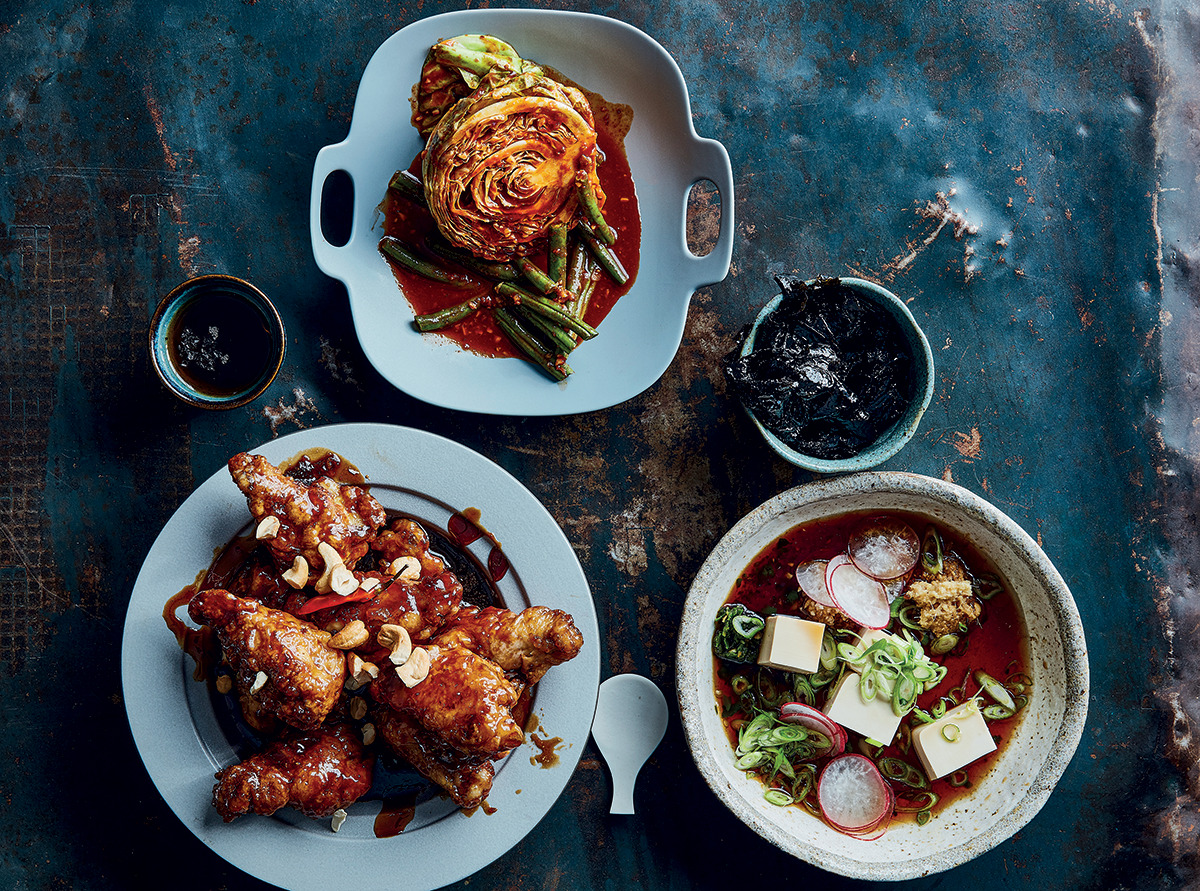
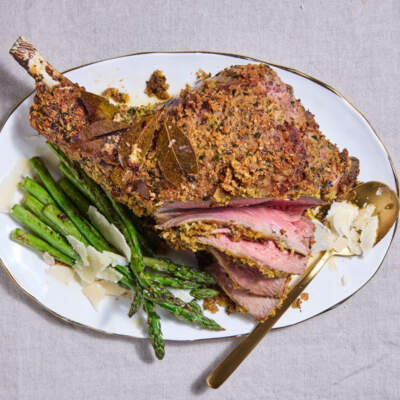
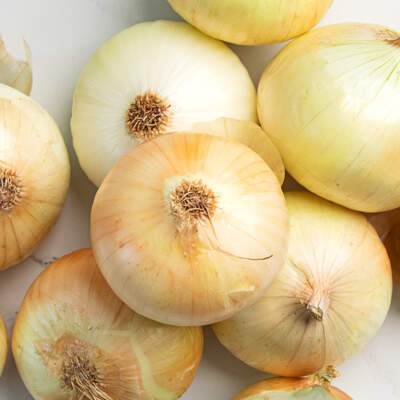

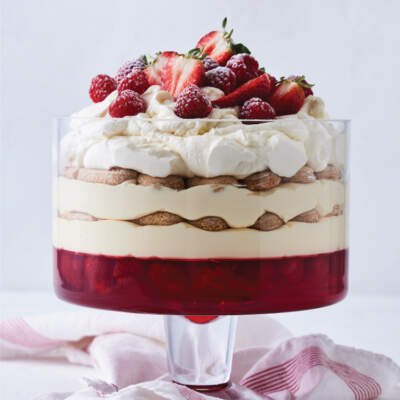

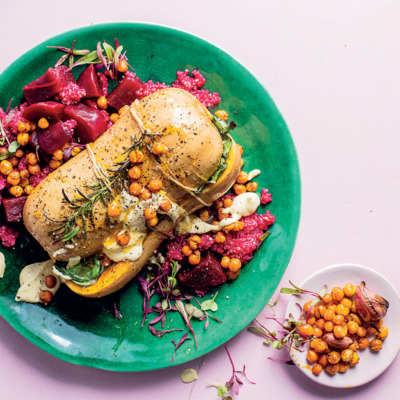

Comments